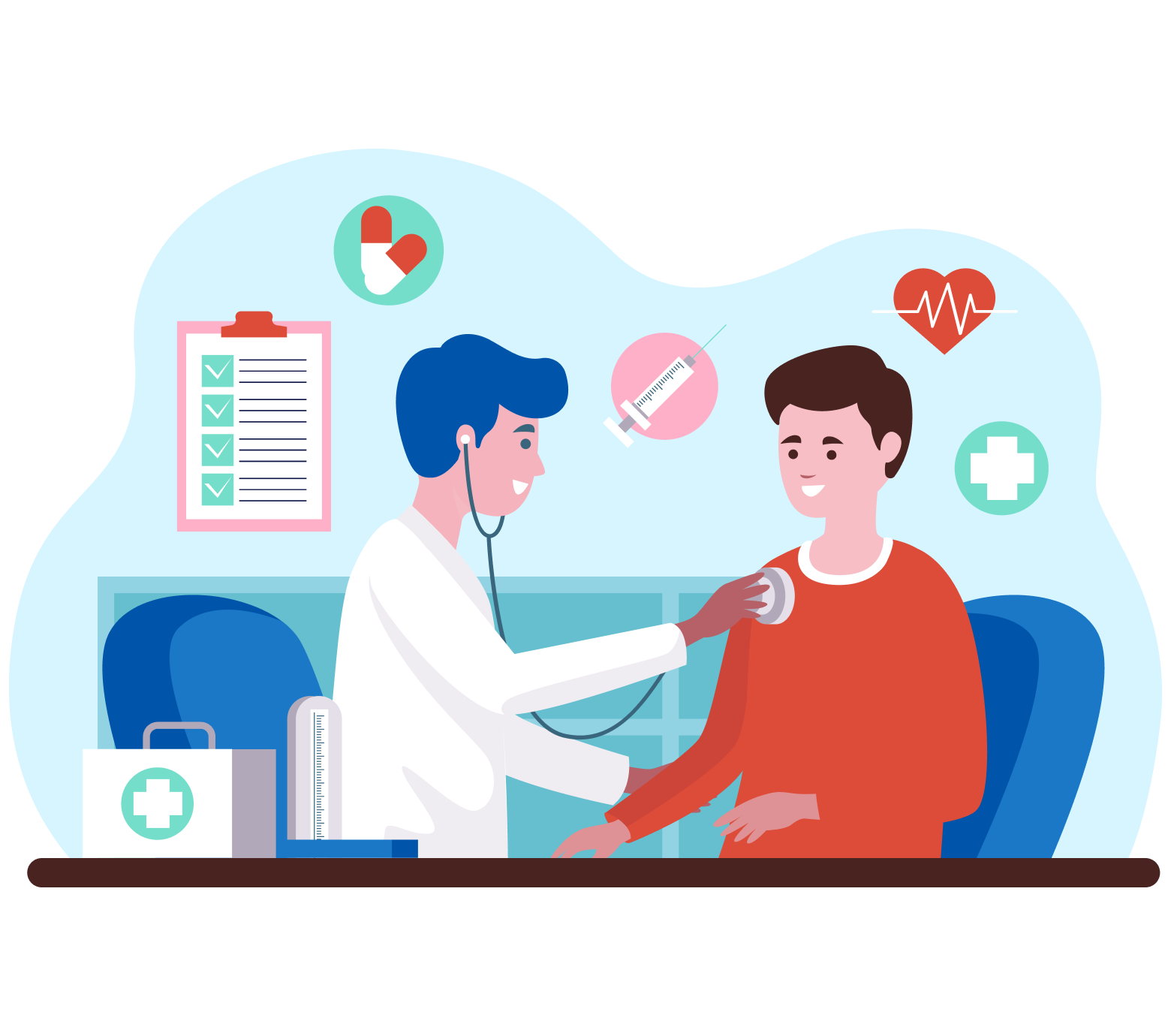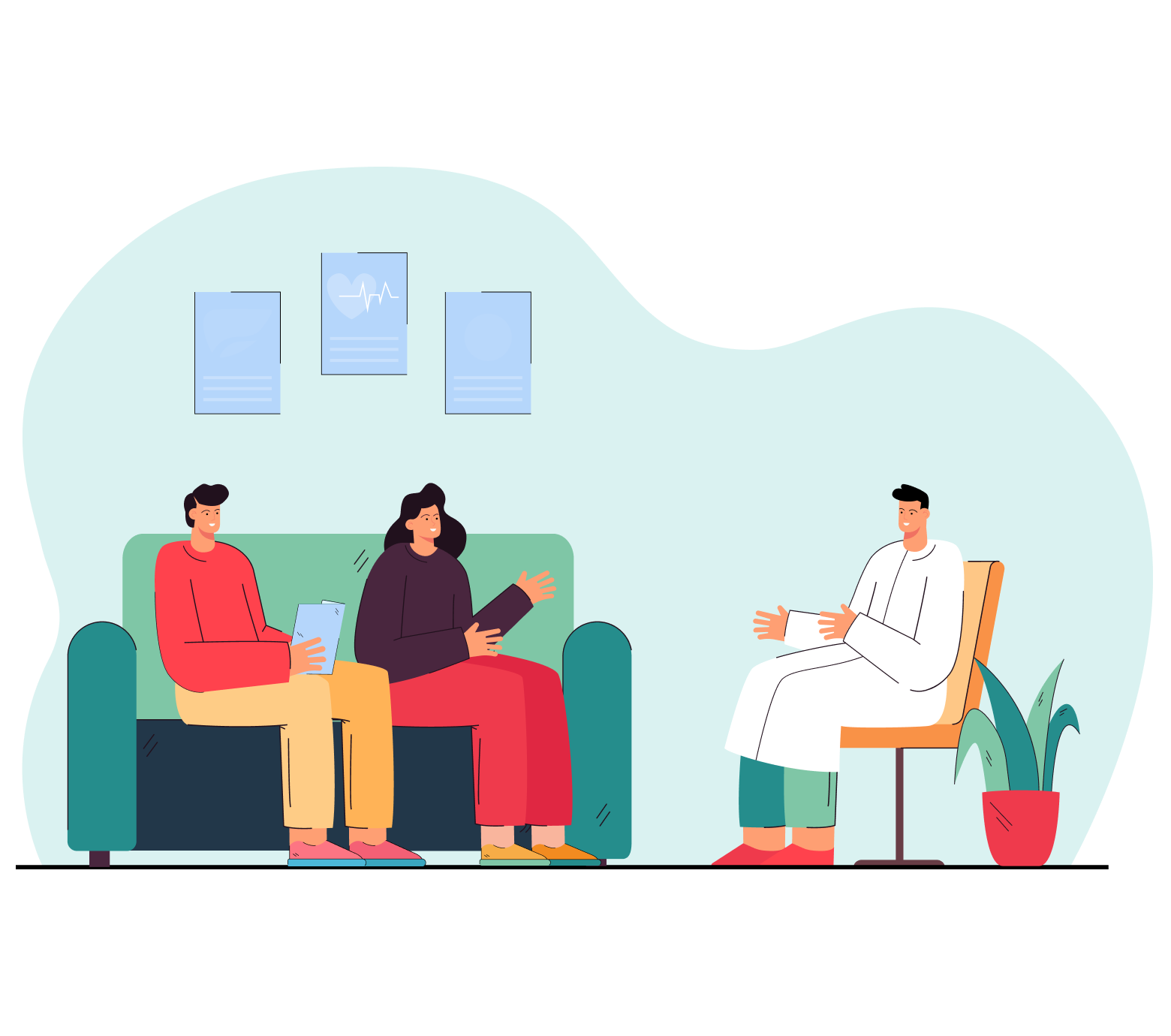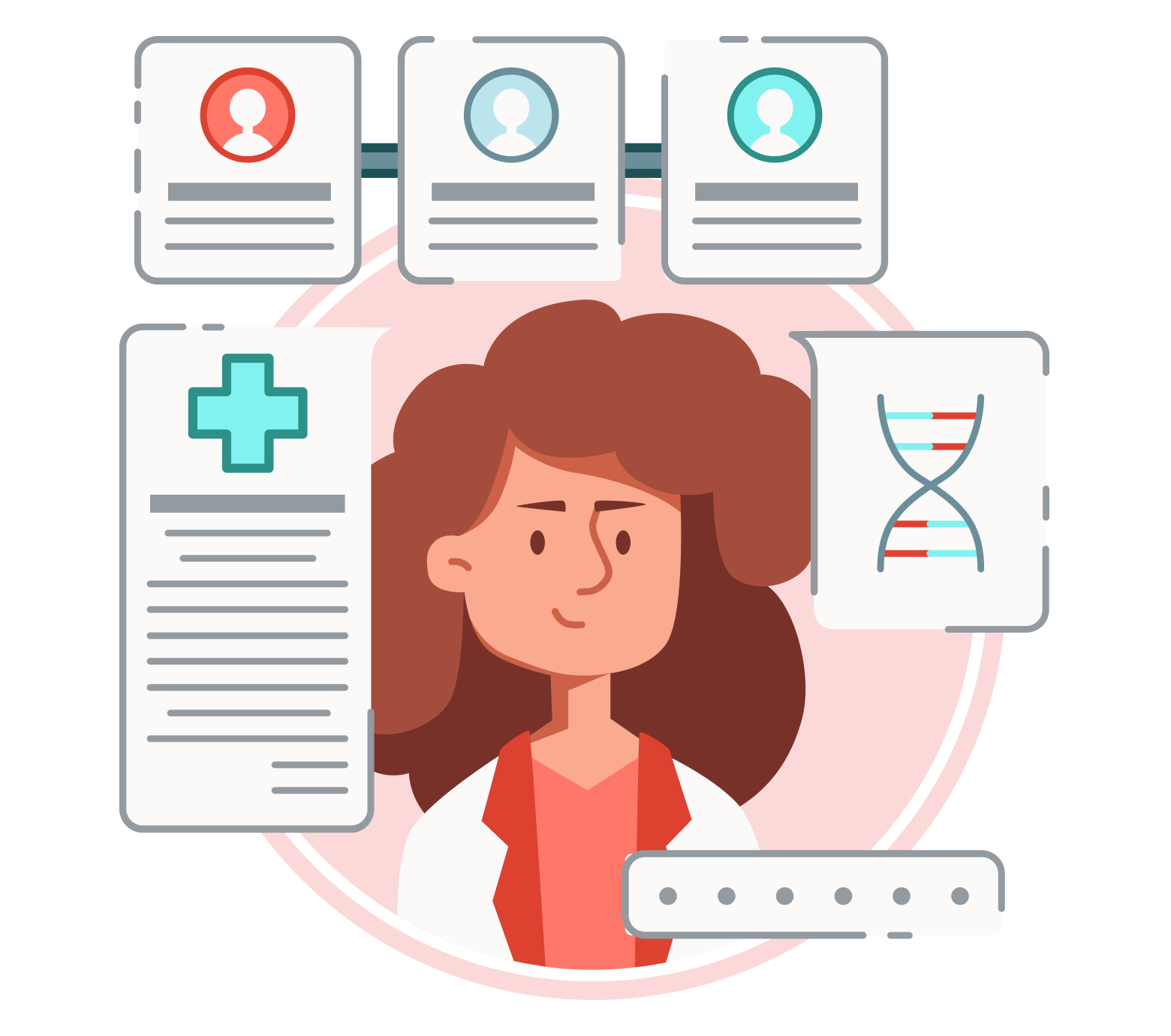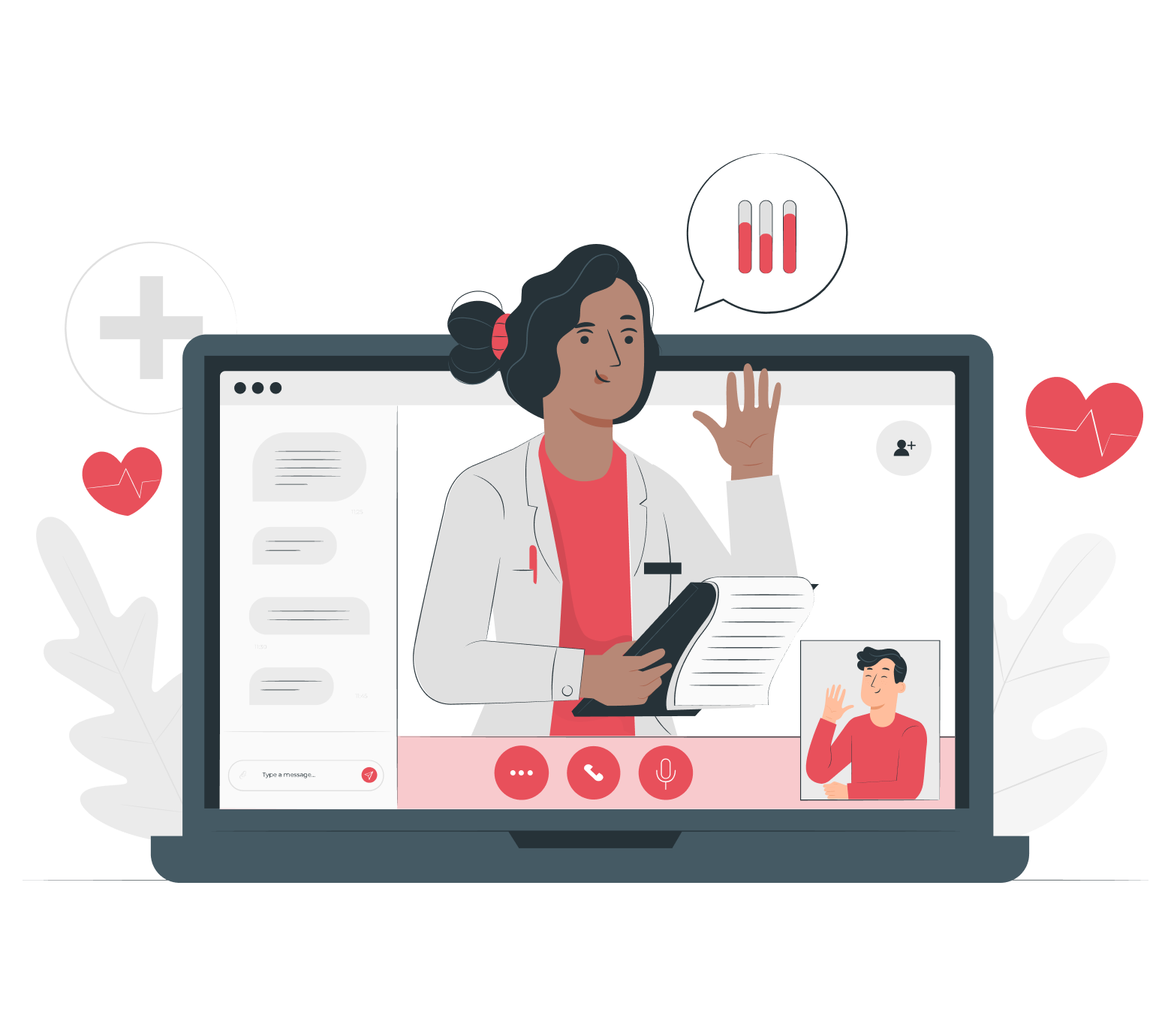360-Degree Patient View – The Only Way to Provide High-Quality Care to Digital Patients

360-Degree Patient View - The Only Way to Provide High-Quality Care to Digital Patients
Feb 28, 2022
The healthcare industry is undergoing a massive digital transformation. Today, telehealth consultations and virtual visits have become a normal practice in healthcare. Patients prefer to interact with the doctor without visiting them physically.

The healthcare industry is undergoing massive digital transformation. Today, telehealth consultations and virtual visits have become a normal practice in healthcare. Patients prefer to interact with the doctor without visiting them physically. They can share their recent medical records and real-time readings of various health parameters with their doctor and get treatment from the comfort of their homes. They can also schedule their appointment, order medicines, and track their claim status with just a mobile phone.
Study shows that 64% of patients use digital devices to manage their health and expect the same seamless experience as they get from retailers. In fact, 81% of patients expressed dissatisfaction with the current healthcare experience as it doesn’t meet their expectations. Personalized care and convenience matter a lot to patients.
So, what can healthcare providers do to improve patient care? The answer lies in a 360-degree patient view. A 360-degree patient view gives the healthcare provider a holistic view of the patient with details such as their age, medical history, current condition, prescriptions, treatment, and billing details. It acts as a single point of truth about the patient that healthcare providers can leverage to deliver high-quality care.
Provide personalized care
Typically, patient data is available in disparate healthcare systems, due to which the doctor gets a fragmented view of the patient’s profile. Extracting data from different systems can be time-consuming and an inefficient process. That’s why a 360-degree patient view is so critical. It breaks down the silos and integrates with different systems to consolidate the patient’s data. The 360-degree patient view helps the doctor understand the patient’s problem better and tailor their treatment accordingly. Doctors can also provide the patient with more control over their treatment plan, which could help in improving the overall treatment outcome.

Deepen patient engagement
People no longer like to wait on calls for their turn to book an appointment. A study showed that 71% of millennials would opt for a provider that has a mobile app to schedule appointments and manage medical reports, prescriptions, and bills efficiently. Patients would also like to be reminded to schedule the next visit, replenish their medicine stock, and book medical tests. The deeper the engagement, the better will be the outcome. A 360-degree patient view will help the healthcare providers to monitor the patient’s progress and tailor their treatment plan. They can also allow patients to view their records, prescriptions, and other details on a single platform. A unified platform also makes it easier for the patient to interact with the doctor when required.

End-to-end patient support
Here’s how 360-degree patient view can benefit patients and healthcare providers throughout the patient’s journey:
- Pre-visit: Enable patients to connect with doctors and facilitate hospitals to reach the patient population and acquire new patients
- Consultation: Improve patient care using the data integrated from different clinical platforms to provide tailored treatment
- Care: Provide patients with tools and resources to continue their treatment, automate complex processes such as discharge and billing
- Post-visit: Simplify follow-up process and engage with the patient regularly to improve the treatment outcome and develop trust

Data-driven patient care
The healthcare industry has been using Machine Learning (ML) and Artificial Intelligence (AI) to accurately diagnose, predict potential health risks, and recommend the correct treatment. However, to harness the power of AI and ML, healthcare companies would require clean and structured data. That’s where a 360-degree patient view can help. By consolidating all the patient data in a structured format, companies can apply AI and ML to the data to make accurate diagnoses at early stages and aid the doctors in making the right decision on patient care. It ensures that no data is missed or under-utilized.

Streamline other functions
Patient experience is not limited to the patient’s interaction with the doctor. It includes the overall experience –from booking an appointment to interacting with the customer service for support to even ensuring that the billing is done correctly. A 360-degree patient view can help every function to perform efficiently. For example, the customer support team will fully understand the patient’s needs and problems and address them more efficiently. The marketing and sales team can create personalized campaigns to acquire, engage, and retain patients. The finance team can use it to streamline the billing and invoicing process. By empowering all the functions with patient data, healthcare providers can ensure that the patient’s experience remains consistent throughout their journey and across all touchpoints.

Deliver High-Quality Care with MobiCure
A connected digital journey will be the future of healthcare. PopcornApps’ healthcare solution, MobiCure, helps healthcare providers to build this connected healthcare journey. Built on Microsoft Dynamics, MobiCure provides functionalities such as scheduling, telehealth, prescription, and condition management to patients and doctors. It also offers additional capabilities that empower sales, marketing, and customer service teams to deliver a better experience to patients.
Some of the features of MobiCure include:
- Patient profile: Healthcare providers and patients can view the user profile, health summary, appointment history, prescription renewals, etc. on a single platform
- Doctor search and availability: Patients can search for doctors, read their reviews, view their availability, and book an appointment
- Pre-consultation: This feature is like a digital waiting room where junior doctors or nurses assess and review the patient’s vitals, check for symptoms, and do a preliminary assessment by asking the patient to fill a questionnaire
- Consultation: The doctors can have a video or audio chat with the patient, fill their case sheet, and prescribe medications
- Integrations: The patient’s health records can be integrated with other platforms for a seamless patient experience. It will help the patient to replenish their medicine stock, book diagnostic tests, and coordinate with the insurance provider
- Bill management and customer support: It allows the patients to manage their bills, invoices, insurance copays, etc. and get quick support from the customer service in case of an issue
- Reporting and analytics: Healthcare providers can access administrator dashboards, analytics, and reports to measure the effectiveness of the consultation and find ways to improve patient experience











